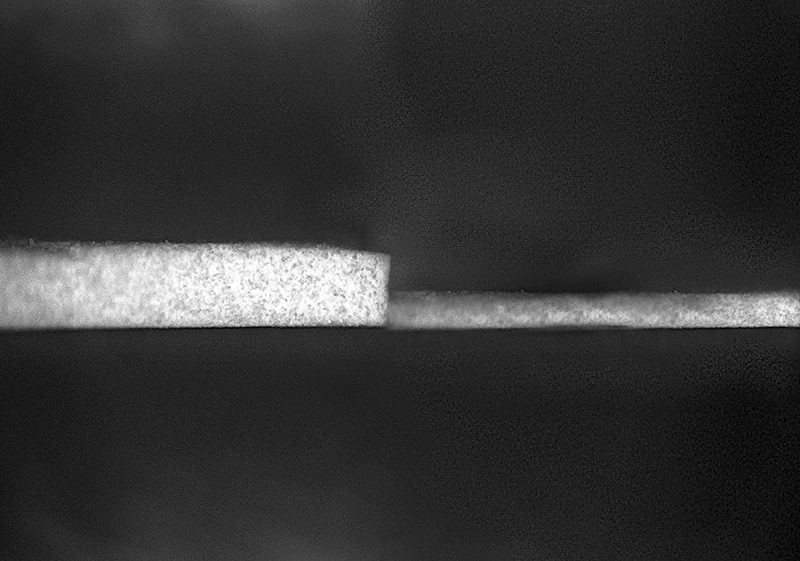In the last few years, researchers have developed a paint so white that it reflects most of the sunlight it receives. Things painted with this ultra-white paint are several degrees colder than ambient temperature, and it could be used as an electricity-free way to cool down buildings.
Not just buildings now, thanks to new innovations. The team has released a new version of the paint that is much thinner and lighter so that it can be used on vehicles without affecting performance and still delivering great cooling. The original recipe uses nanoparticles of barium sulfate to reflect 98.1 percent of sunlight, cooling outdoor surfaces more than 4.5°C below ambient temperature.
“To achieve this level of radiative cooling below the ambient temperature, we had to apply a layer of paint at least 400 microns thick,” Professor Xiulin Ruan said in a statement. “That’s fine if you’re painting a robust stationary structure, like the roof of a building. But in applications that have precise size and weight requirements, the paint needs to be thinner and lighter.”
The new paint is slightly less reflective, at 97.9 percent – but it is just 150 microns thick. That’s just slightly thicker than a sheet of paper. The reduced thickness and weight were possible by moving away from the spherical nanoparticles and embracing a different substance, boron nitride, with a different spatial configuration.

Previous paint coating (left) compared with the new one (right). Image Credit: Purdue University photo/Andrea Felicelli
“Hexagonal boron nitride has a high refractive index, which leads to strong scattering of sunlight,” added Andrea Felicelli, a Purdue PhD student in mechanical engineering who worked on the project. “The particles of this material also have a unique morphology, which we call nanoplatelets.”
“The models showed us that the nanoplatelets are more effective in bouncing back the solar radiation than spherical nanoparticles used in previous cooling paints,” explained Ioanna Katsamba, another PhD student in mechanical engineering at Purdue who ran the simulations for the paint.
The new paint is over 60 percent thinner than the previous one but by incorporating pockets of air, it ends up being 80 percent less heavy. A great result.
“This light weight opens the doors to all kinds of applications,” said George Chiu, a Purdue professor of mechanical engineering and an expert in inkjet printing. “Now this paint has the potential to cool the exteriors of airplanes, cars or trains. An airplane sitting on the tarmac on a hot summer day won’t have to run its air conditioning as hard to cool the inside, saving large amounts of energy. Spacecraft also have to be as light as possible, and this paint can be a part of that.”
The team believes they are close to commercializing the paint as soon as they solve the last few issues.
The work was published in Cell Reports Physical Science.
Source Link: World's Whitest Paint Now Thin Enough To Be Used On Cars, Planes, And Even Spacecraft